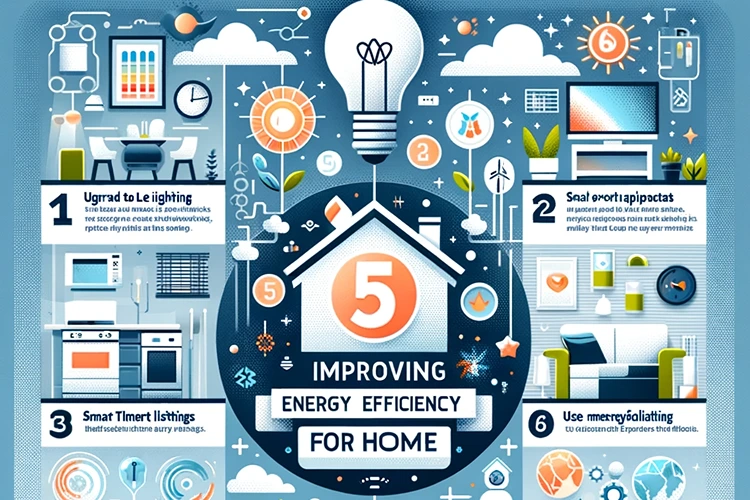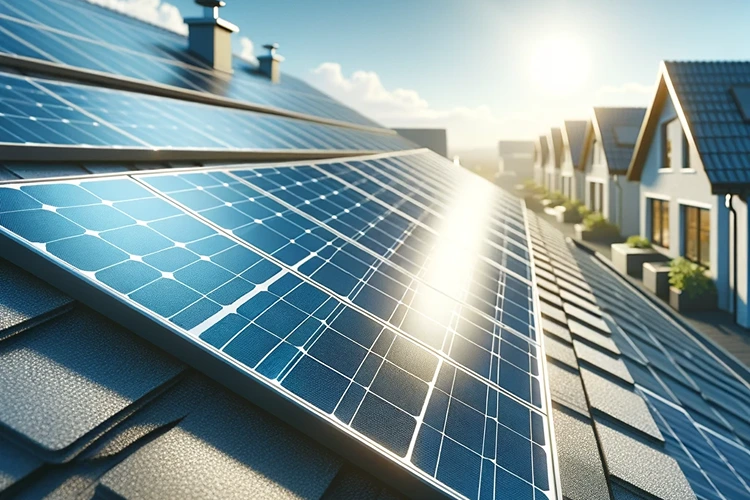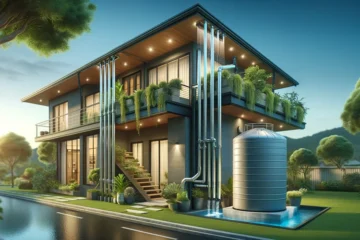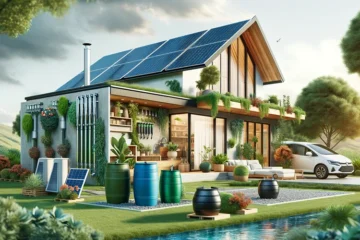Energy Efficiency at Home: Simple Changes for Big Impact

Ever thought about how small adjustments in your daily routine could lead to significant savings on your energy bill and a smaller carbon footprint? Making your home more energy-efficient doesn’t necessarily mean a complete overhaul of your lifestyle. In fact, simple changes can lead to substantial impacts, both on the environment and your wallet. From swapping out light bulbs to sealing leaks around doors and windows, the path to energy efficiency is more accessible than you might think.
Why Embrace Energy Efficiency?
Embracing energy efficiency is not just about saving money; it’s about contributing to a larger cause—protecting our planet. By reducing energy consumption, we decrease the demand on power plants and consequently lower greenhouse gas emissions. But where to start? Let’s explore practical steps to make your home a beacon of efficiency and sustainability.
Understanding Your Energy Use
Before diving into the changes, it’s crucial to understand where and how your home consumes energy. Conducting an energy audit can reveal surprising insights into your home’s energy usage and pinpoint areas for improvement.
Helpful Hint:
Many utility companies offer free energy audits to their customers. Check with your provider to see if this service is available to help identify key areas where you can improve your home’s energy efficiency.
Lighting: A Bright Spot for Efficiency
Lighting is a great starting point for improving energy efficiency. LED bulbs use at least 75% less energy and last 25 times longer than traditional incandescent bulbs. Making the switch is a simple step that can have an immediate effect on your energy consumption.
Heating and Cooling Smartly
Heating and cooling typically account for the largest portion of a household’s energy use. Simple changes, like adjusting your thermostat by a few degrees, can lead to significant savings. In winter, setting your thermostat to 68°F (20°C) while you’re awake and lowering it while you’re asleep or away from home can reduce your heating bill substantially. Conversely, in summer, keeping it at 78°F (26°C) when you’re home and higher when you’re away can help save on cooling costs.
Sealing and Insulation: Keeping the Elements Out
Efficient heating and cooling are only as effective as the home’s envelope—its walls, windows, doors, roof, and floors. Ensuring these are well-sealed and insulated can dramatically reduce energy waste. Look for leaks around doors and windows, uninsulated pipes, and gaps along the baseboard or edge of the flooring and seal them. Adding insulation in attics, walls, and floors can also significantly improve your home’s ability to maintain its temperature.
Stats:
According to the U.S. Department of Energy, sealing uncontrolled air leaks can save 10% to 20% on heating and cooling bills. That’s a substantial saving with just a simple fix!
Energy-Efficient Appliances: Worth the Upgrade
When it’s time to replace appliances, opting for energy-efficient models can make a big difference in your home’s overall energy consumption. Look for the ENERGY STAR label—a symbol for energy efficiency, helping you save without sacrificing performance. While these appliances might have a higher upfront cost, the long-term savings on energy bills can be significant.
Water Heating: Turn Down the Heat
Water heating is another major energy expense in most homes, but optimizing its efficiency can be straightforward. Lowering your water heater’s temperature to 120°F (49°C) can reduce your water heating costs by 6% to 10%. Additionally, insulating your water heater and hot water pipes can prevent heat loss, saving energy and money.
Utilizing Renewable Energy

Transitioning to renewable energy sources, such as solar panels, is a powerful step toward home energy efficiency. Solar energy can significantly reduce your electricity bills and carbon footprint. Many governments offer incentives for solar panel installation, making it an increasingly accessible option for homeowners.
Helpful Hint:
Before investing in solar panels, consider your home’s location and roof orientation to ensure optimal sunlight exposure. A solar energy audit can help determine if your home is a good candidate for solar energy.
Smart Home Technology: Efficiency at Your Fingertips
Smart home technologies offer unprecedented control over your home’s energy use. Smart thermostats learn your schedule and preferences, adjusting heating and cooling for optimal efficiency. Smart lights and plugs can be controlled remotely, ensuring that energy is not wasted on unused appliances and lights.
Landscaping for Energy Efficiency
Strategic landscaping can also contribute to your home’s energy efficiency. Deciduous trees planted on the south and west sides of your home can provide shade during the summer months, reducing cooling costs, and allow sunlight through during the winter, lowering heating costs.
Maintenance: The Key to Efficiency
Regular maintenance of HVAC systems, appliances, and energy systems ensures they operate at peak efficiency. Clean or replace filters in your HVAC system regularly, and schedule annual maintenance checks to keep everything running smoothly.
Stats:
Maintaining your HVAC system can improve its efficiency by up to 15%, according to the Environmental Protection Agency. This simple step can lead to significant savings and prolong the life of your equipment.
FAQs
Bottom Line
Making your home energy-efficient is a journey of small steps leading to a significant impact. By understanding your energy use, making simple changes, and considering renewable energy options, you can reduce your bills, increase your comfort, and contribute to a healthier planet. The path to energy efficiency is paved with informed choices and proactive measures. From the lighting you use to the appliances you choose, every decision contributes to a larger goal of sustainability and efficiency.
Remember, energy efficiency doesn’t require compromising on comfort or quality of life. Instead, it’s about making smarter choices that benefit both your household and the environment. By integrating smart technology, maintaining your home’s systems, and adopting renewable energy sources, you’re not just saving money—you’re part of a global movement towards a more sustainable future.
As you implement these changes, keep track of your energy usage and savings. You’ll likely find that the benefits extend far beyond your utility bill. Improved home comfort, reduced environmental impact, and increased property value are just a few of the additional advantages of living in an energy-efficient home.
Additional Resources:
- Energy Star [www.energystar.gov]: A government-backed program helping businesses and individuals save money and protect the environment through superior energy efficiency. Find products, homes, and advice on energy savings.
- Department of Energy (DOE) [www.energy.gov]: Offers comprehensive resources on energy efficiency and renewable energy technologies. Explore tips for saving energy in homes, information on solar energy, and how to conduct energy audits.
- International Energy Agency (IEA) [www.iea.org]: Provides global energy statistics, key insights into energy efficiency trends, and policy recommendations to promote energy sustainability worldwide.


